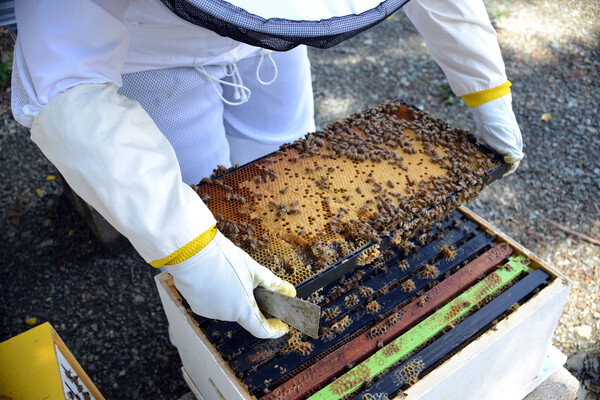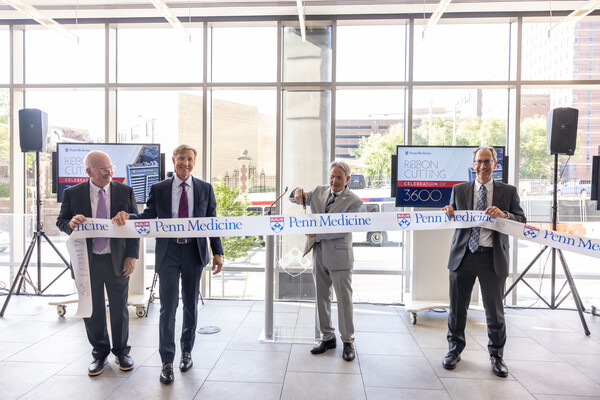
Image: Kindamorphic via Getty Images
Researchers at Penn’s School of Engineering and Applied Science have discovered a novel means of directing lipid nanoparticles (LNPs), the revolutionary molecules that delivered the COVID-19 vaccines, to target specific tissues, presaging a new era in personalized medicine and gene therapy.
“We’ve never understood how the structure of one key component of the LNP, the ionizable lipid, determines the ultimate destination of LNPs to organs beyond the liver,” says Michael J. Mitchell, associate professor in bioengineering.
In a paper published in Nature Nanotechnology, Mitchell’s group describes how subtle adjustments to the chemical structure of the ionizable lipid, a key component of the LNP, allows for tissue-specific delivery, in particular to the liver, lungs and spleen.“
The researchers’ key insight was to incorporate siloxane composites, a class of silicon- and oxygen-based compounds already used in medical devices, cosmetics and drug delivery, into the ionizable lipids that give LNPs their name.
By carefully testing hundreds of variants of the newly christened siloxane-incorporating lipid nanoparticles (SiLNPs), the researchers determined which chemical features had an effect on mRNA delivery.
Among the changes the group identified that adjusted the trajectory of the SiLNPs were adjustments as small as substituting one chemical group for another—an amide for an ester, in this case—which led to a 90% success rate in delivering mRNA to lung tissue in the animal model.
“We just changed the structure of the lipids,” says Lulu Xue, a postdoctoral fellow in the Mitchell Lab and one of the paper’s co-first authors, “but this small change in the lipid chemistry substantially increased extrahepatic delivery.”
Read more at Penn Engineering Today.
Ian Scheffler

Image: Kindamorphic via Getty Images

nocred

nocred

(From left) Kevin B. Mahoney, chief executive officer of the University of Pennsylvania Health System; Penn President J. Larry Jameson; Jonathan A. Epstein, dean of the Perelman School of Medicine (PSOM); and E. Michael Ostap, senior vice dean and chief scientific officer at PSOM, at the ribbon cutting at 3600 Civic Center Boulevard.
nocred